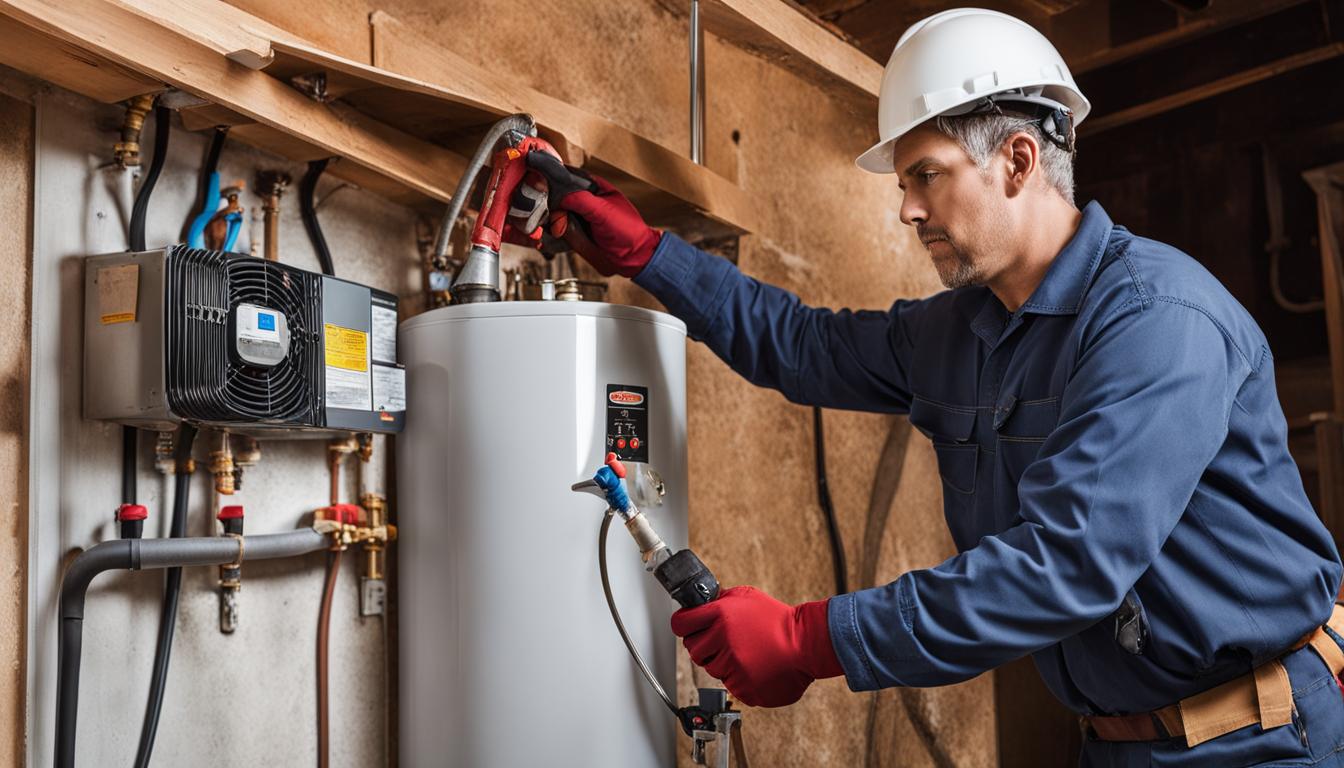Here down the page you will find a lot of sensible tips with regards to Tips on Maintaining a Water Heater.

Hot water is important for everyday convenience, whether it's for a refreshing shower or washing dishes. To ensure your hot water system runs effectively and lasts longer, regular upkeep is vital. This short article supplies sensible tips and insights on exactly how to keep your home's hot water system to avoid disruptions and pricey repair services.
Intro
Preserving your home's hot water system could seem daunting, yet with a couple of easy actions, you can ensure it runs efficiently for years to find. This overview covers whatever from understanding your warm water system to DIY upkeep suggestions and recognizing when to call in expert aid.
Value of Maintaining Your Warm Water System
Regular upkeep not just prolongs the life expectancy of your hot water system but also ensures it operates successfully. Ignoring maintenance can cause reduced effectiveness, higher energy expenses, and even premature failure of the system.
Signs Your Hot Water System Needs Maintenance
Recognizing when your hot water system needs interest can prevent major issues. Keep an eye out for indications such as inconsistent water temperature, strange sounds from the heating system, or rustic water.
Comprehending Your Hot Water System
Before diving into maintenance jobs, it's practical to recognize the fundamental elements of your hot water system. Usually, this includes the hot water heater itself, pipelines, anode poles, and temperature level controls.
Regular Monthly Upkeep Tasks
Normal regular monthly checks can aid capture small problems before they escalate.
Purging the Hot Water Heater
Flushing your water heater removes debris accumulation, enhancing efficiency and prolonging its life.
Monitoring and Replacing Anode Rods
Anode poles protect against rust inside the storage tank. Checking and replacing them when worn out is crucial.
Evaluating and Readjusting Temperature Level Setups
Changing the temperature settings ensures optimum efficiency and security.
DIY Tips for Maintenance
You can perform numerous upkeep tasks on your own to keep your warm water system in top problem.
Looking for Leaks
Regularly check pipelines and connections for leakages, as these can result in water damage and greater bills.
Checking Stress Relief Valves
Checking the pressure safety valve guarantees it functions properly and protects against too much pressure accumulation.
Shielding Pipes
Protecting warm water pipes decreases warmth loss and can save energy.
When to Call a Specialist
While do it yourself maintenance is helpful, some issues need expert experience.
Complex Problems Calling For Specialist Aid
Examples include major leaks, electric troubles, or if your water heater is regularly underperforming.
Routine Expert Upkeep Benefits
Professional upkeep can consist of thorough evaluations, tune-ups, and guaranteeing compliance with safety standards.
Final thought
Routine upkeep of your home's warm water system is essential for efficiency, durability, and expense financial savings. By adhering to these pointers and knowing when to seek expert assistance, you can make sure a trustworthy supply of warm water without unforeseen disturbances.
How to Maintain an Instant Hot Water Heater
Before tinkering with your hot water heater, make sure that it’s not powered on. You also have to turn off the main circuit breaker and shut off the main gas line to prevent accidents. Also turn off the water valves connected to your unit to prevent water from flowing into and out of the appliance. 2. When you’re done, you have to detach the purge valves’ caps. These look like the letter “T†and are situated on either side of the water valves. Doing so will release any pressure that has accumulated inside the valves while at the same time avoid hot water from shooting out and burning your skin. 3. When the purge valves’ caps are removed, you have to connect your hosing lines to the valves. Your unit should have come with three hoses but if it didn’t, you can purchase these things from any hardware or home repair shops. You can also get them from retail stores that sell water heating systems. Read the user’s manual and follow it to complete this task properly. When the hosing lines are connected, open the purge port’s valves. 4. You should never use harsh chemical cleaners or solutions when cleaning your unit. Make use of white vinegar instead. It should be undiluted and you’ll probably use about 2 gallons. 5. Now flush your water heater. This task should probably take about 40 minutes. We can’t give you specific directions for this because the procedure is carried out depending on the type, model and brand of your heater. With that being said, refer to the user’s manual. 6. When you’re done draining the unit, you have to turn off the purge port valves again. Remove the hosing lines that you earlier installed on each of the water valves. Put the valve caps (purge port) back in their respective places and be very careful so as not to damage the rubber discs that are found inside these caps. 7. Now that everything’s back in place, check your user’s manual again to find out how to reactivate your water heating system. 8. Once it is working, turn one of your hot water faucets on just to let air pass through the heater’s water supply pipes. Leave the tap on until water flows smoothly out of it. https://www.orrplumbing.com/blog/2014/september/how-to-maintain-an-instant-hot-water-heater/

I recently found that content on How to Maintain Your Water Heater & Prolong its Life while doing a search on the web. Are you aware of somebody else who is interested by the niche? Do not hesitate to promote it. Thank you so much for going through it.
This Website